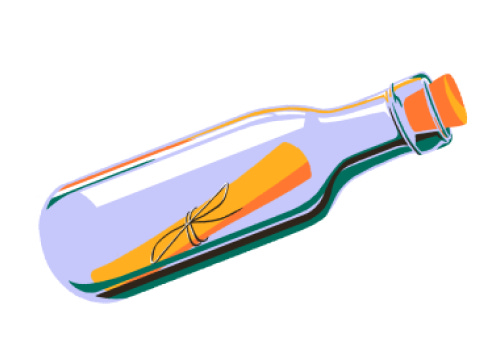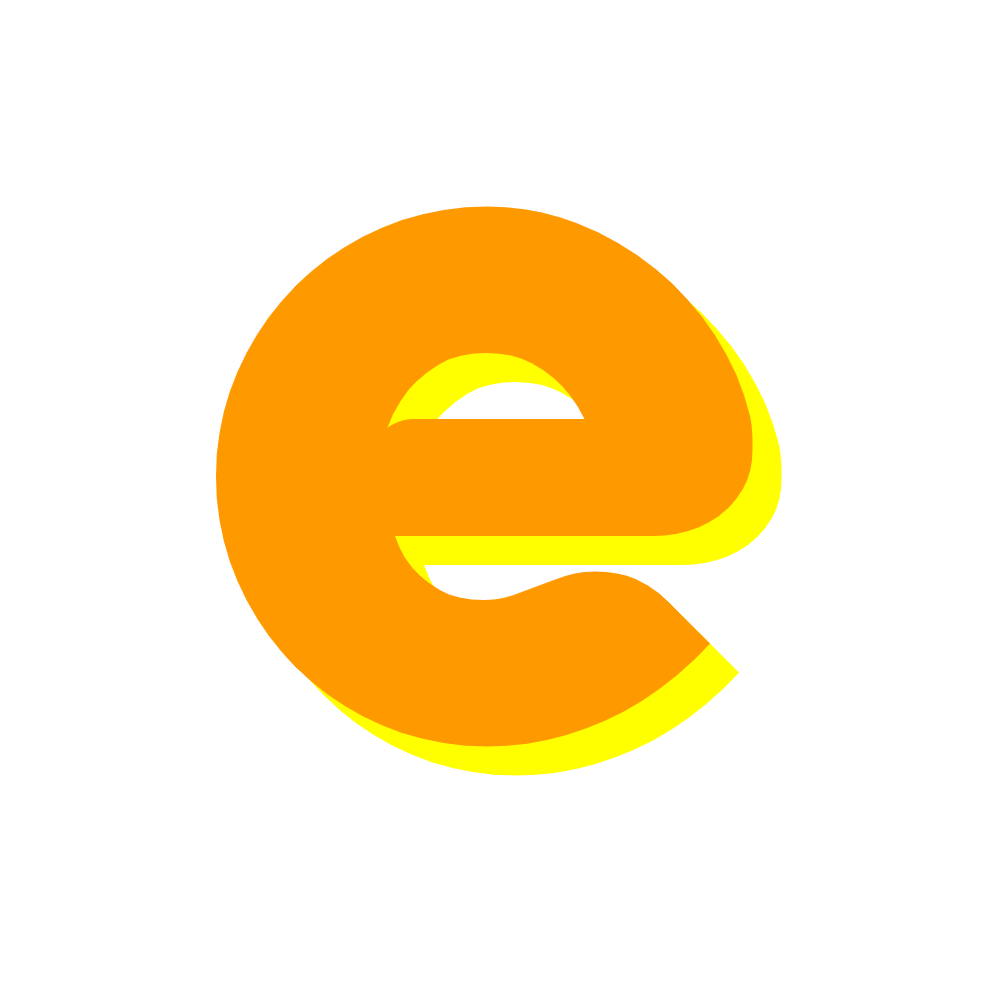As we kick off the Substack category tour, we asked Kate Lindsay, co-author of Embedded, to share some writer-to-writer advice about creating trust with your readers. Co-founded with Nick Catucci, Embedded is a twice-weekly guide to new internet creators including trends and weekly interviews with “very online” people. Read on for her advice, or listen to her read it aloud above.
Dear writer,
How do you approach reading, as a writer? How does the lens of your own audience impact how and what you read?
Dear writer,
I’ll admit, there was a period of time when I was too jaded from working in the digital media industry to read any online content. At my first writing job, I wrote seven stories a day, sometimes waking up as early as 6 a.m. to fit it all in. By the time I’d worked at a few different publications, I could tell when an article was actually an SEO grab masquerading as a legitimate piece of writing, or a piece of clickbait meant to make people mad, and I wasn’t interested in feeding the machine with my own reading habits.
While I’d like to think this particular era of digital media is on its way out, you still see shades of it when the latest viral moment prompts every outlet to scramble for its own unique take. So many websites are writing the same thing. This can be helpful: When Yellowjackets was airing, I was so deep in the show and its fan theories that I read every perspective I could find in hopes of getting all the crumbs. But this strategy doesn’t work universally. For instance, I similarly consumed Covid-19 content in the first year of the pandemic, but I realized that this wasn’t actually reading—it was anxiety-spiraling.
All this is to say, I’m somewhat precious with what I consume, and definitely read a lot less than perhaps you’d think for someone who calls themselves “chronically online.” I like pieces that work to clarify a moment with reason rather than drum up anxiety for clicks, and I have a natural aversion to reading whatever piece has my Twitter timeline in an uproar—because it was probably designed to do just that.
“I like pieces that work to clarify a moment with reason rather than drum up anxiety for clicks.”
This was one of the first things I noticed about writing Embedded: I no longer have to cater to SEO, or try to get someone’s attention on a timeline. We’re writing for readers who, by nature of signing up, already want to read us. So our coverage can be more thoughtfully catered to them in a way that feels helpful, not exploitative.
Our best-performing pieces for Embedded are often the ones that seek to make the reader feel understood. Our newsletter is about the internet, but rather than highlight what’s dystopian about this time, I always try to focus on the things about it that are uniquely human, or voice something we all experience that hasn’t been formally put to paper. Similarly, the pieces I love and share with others aren’t ones that are particularly spicy or that make me want to get up and go do something, but that reflect back to me a thought or experience that makes me feel seen.
This isn’t to say you need to try to broadly appeal to your readers. Curating our My Internet series has taught me that the internet may be getting bigger, but people still find and occupy their own particular corners of it. The 2020 National Book Award nominee Rumaan Alam follows Mary-Kate and Ashley fan accounts. Former New York Times columnist Ben Smith is on Geocaching reddit. Writer Taylor Lorenz loves bird TikTok. Investing in a niche may not reach the most readers, but the people you are writing for will be real and engaged and appreciative, which is, ostensibly, why we all started doing this.
“Investing in a niche may not reach the most readers, but the people you are writing for will be real and engaged and appreciative, which is, ostensibly, why we all started doing this.”
I’ve also learned that people will pay for writing, and we should continue to normalize that. For My Internet, we always ask people what they pay for online, and some have named publications from the New York Times to Insider to Study Hall to, of course, their favorite Substacks. But when you step back and look at social media as a whole, everyday people in the replies and comments are routinely astonished when something is paywalled. Sure, running into a paywall is annoying, but the fact that you’re annoyed you can’t read something is the reason to pay for it! If you want to read good stuff, then you have to free writers from the advertising model that forces quantity over quality, and that means people with the means to give their money, doing so.

If all else fails, I’ll leave you with these two pieces of advice: Trust recommendations from humans, not algorithms, and treat your clicks like currency—give them to the kind of content you want to see more of, not less.
Sincerely,
Kate
This is the third in a recurring series of longform writer-to-writer advice, following Mason Currey’s advice column on creative growth and Anna Codrea-Rado of Lance on learning to celebrate just how far you’ve come.
Could you use some advice or inspiration from a fellow writer about creativity, motivation, and the writing life? Submit your question for consideration for a future advice column by leaving it in the comments below, or entering it (with the option to remain anonymous) using this form.
Bonus: Reading Room
Reading Room is a new mini series with writers like Anne Helen Petersen sharing their favorite publications to read on Substack. Kate is a thoughtful reader and researcher, both of her peers and of the online spaces that she covers. We asked Kate to share what she is reading.
Kate Lindsay’s recommended reads:
Substack I’m most excited to open ASAP: Today in Tabs—it breaks down the exact discourse I recommend against reading, but now I can still know what people are talking about.
Substack most likely to make me think: ¡Hola Papi!—I keep rereading this post about stepping back from social media. I’m like, did I black out and send this letter?
First Substack I subscribed to: That’s gotta be Garbage Day, and I still open every single one! I recently cited this one, about how social media is digesting the crisis in Ukraine, in my own writing.
Substack I subscribed to most recently: After School—one of the only places to report on Gen Z that isn’t patronizing. I think this Gen Z gift guide is a perfect example of how hard its author, Casey Lewis, works to be accurate and comprehensive.
Substack I recommend to friends most often: Rachel Karten’s Link in Bio is essential for understanding the professional social media space. I love this one about the personal social media accounts of people who run brand accounts.
Visit Kate’s profile page to see more from her current reading list. Subscribe to Kate and Nick’s publication on Substack, Embedded, and you can also find them on Twitter here and here.























